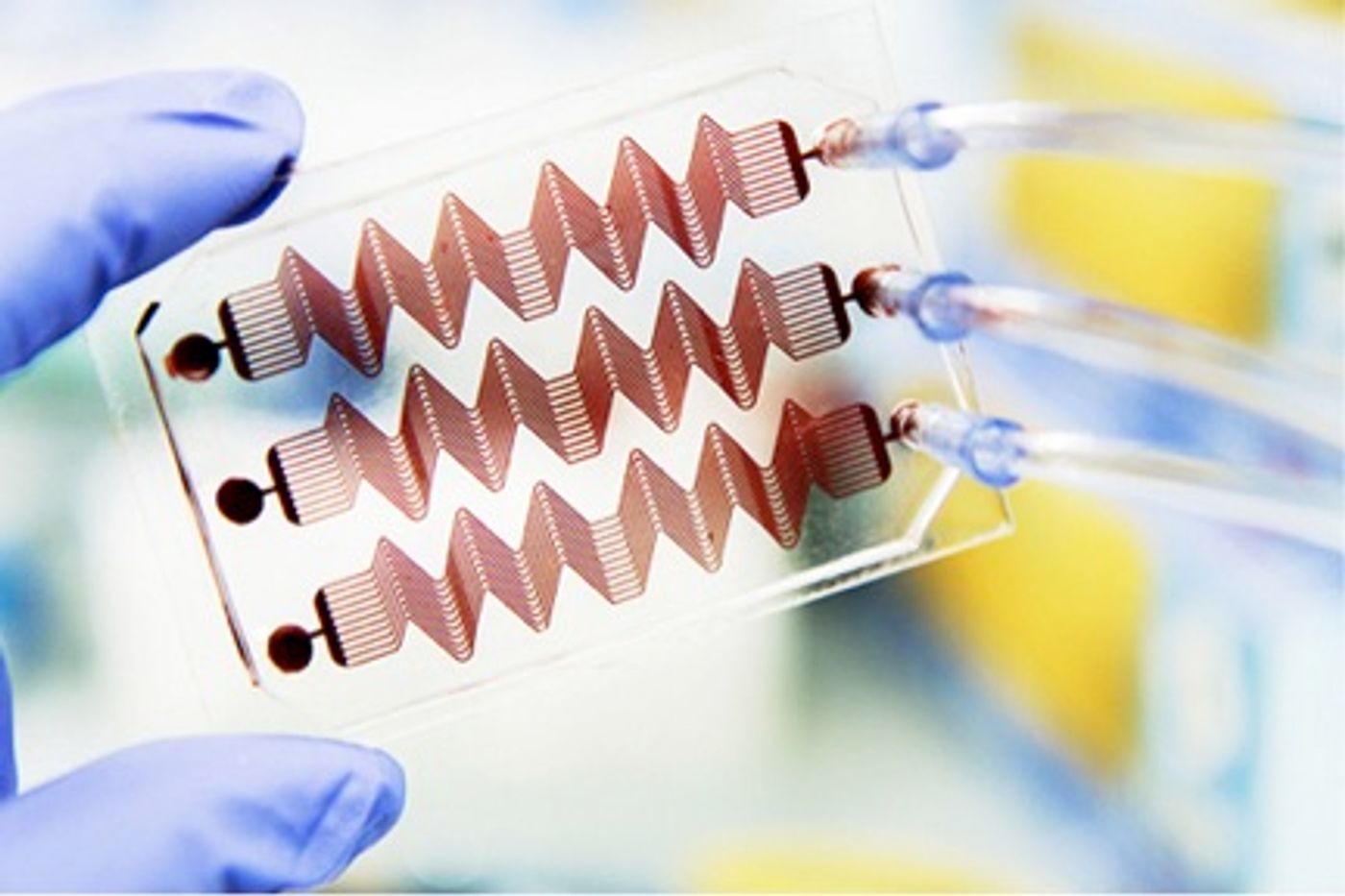Scientists at Harvard University created a disposable device that can predict a patient’s blood clotting tendencies in real-time, using only a tiny amount of blood. The device, a little larger than a credit card, is the result of a beautiful union between physics and medicine.
Blood clots are tricky biological formations. In circumstances of large cuts or tears, the blood clots are life-saving as they dramatically reduce blood loss. However, in instances when they’re not needed, clots can block blood flow and cause heart attacks, stroke, and other life-threatening conditions. Knowing when and why blood clots form can dramatically improve patient care, especially for those with blood-related conditions.
The team was lead by Donald Ingber, M.D., Ph.D., Wyss Institute Founding Director at Harvard, and the work was recently published in
Nature Communications. Inspired by bioengineering, they devised a micro-fluidic system that mimics the body’s natural network of small, narrowing blood vessels. Blood flows through these micro “vessels” and gets subjected to life-like shear stresses and force gradients that simulate the experience inside a patient’s vascular network.
The data from the patient and the blood flow data from the device are then collected and analyzed with a proprietary algorithm specific to the design. Researchers can then precisely predict when blood clots will form, in real-time.
The team demonstrated multiple novel uses for the device. First, in large animal trials, the device exceeded conventional clinical assays at making fast and accurate predictions for blood clotting times. Second, the team showed that the device detected abnormal platelet function in patients with a rare bleeding disorder that was not identified with conventional assays. Thirdly, because the device can be easily integrated into the lines of other extracorporeal devices, it is capable of continuous, real-time monitoring for blood clotting. This could eliminate the need for clot testing once or twice a day, as done with current procedures.
Finally, the highly functional device is also streamlined and readily adaptable to many lab and hospital settings. Because it uses inexpensive in-line pressure sensors to measure clotting, there is no need for additional instrumentations; the device is ready to be fitted into many other widely used monitoring machines.
Creators of this bioinspired device see it being useful in personalizing diagnostics for patients, particularly those with predispositions for blood clotting disorders.
Additional source:
Wyss Institute press release









